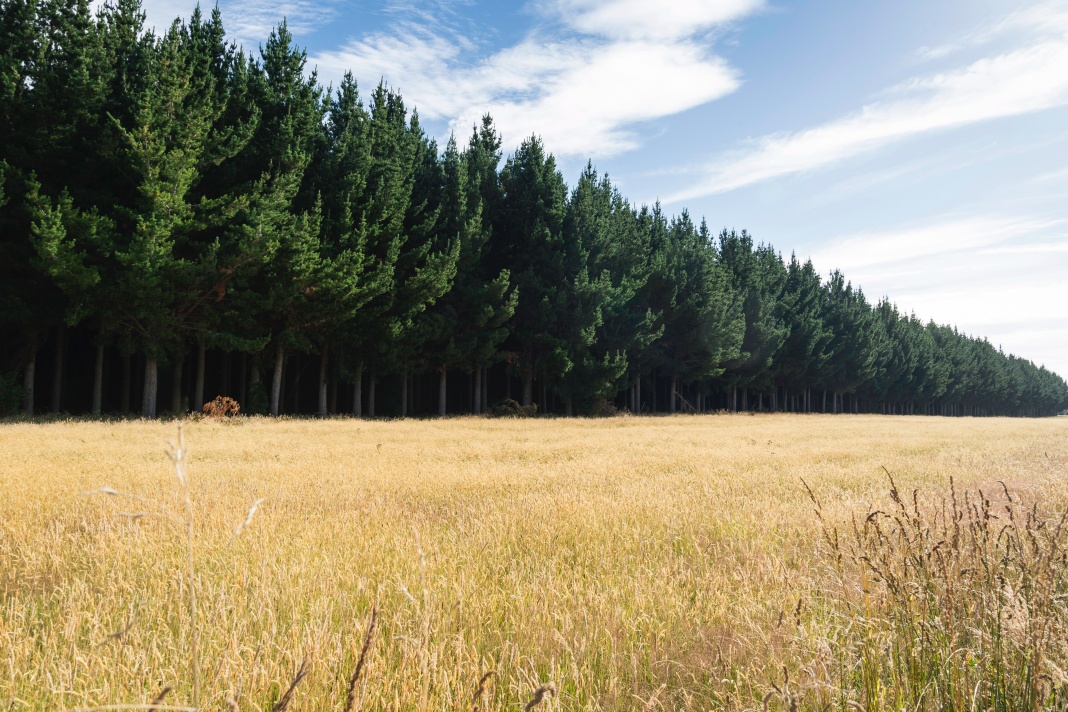The Farm Forestry Association claims anthropologist Dame Anne Salmond’s recently publicised view, that planting native forests offers the best solution to the climate crisis, is misinformed and misleading.
Association president Graham West said the overwhelming evidence was that instead, using managed exotic forests as carbon sequestration off-sets will provide the only currently affordable and viable solution for New Zealand to reach its 2030 and 2050 greenhouse gas reduction targets.
“Dame Anne doesn’t offer a timeline for her native tree solution,” said West. “But unfortunately the time horizon is absolutely crucial.
“We do not have 100 or 200 years to spare in which to wait for native trees to lock up appreciable volumes of carbon. The climate change issues are far more urgent than that.”
“Offsetting may not be internationally accepted by all, but as we all get more desperate, the solutions will become more pragmatic.”
West said the call for a ‘nature based’ solution should not preclude exotics, which are natural in a different part of the globe.
Relying on exotics
“We comfortably rely on many exotics, including pasture species, farm animals, kiwifruit and other introduced fruit and vegetables. “So why not forests? Should we farm weka or kiwi as the only natural option for food production in New Zealand?
“Reserving the permanent carbon option for native forests is not supported by the science. We need to lock-up extra carbon dioxide in large reservoirs quickly. Choosing native species to plant will limit this severely, or require a far greater land area and a vast government spend to establish these trees.”
We do not have 100 or 200 years to spare in which to wait for native trees to lock up appreciable volumes of carbon. The climate change issues are far more urgent than that.
West asserted that on average, a hectare of our native forest would take hundreds of years to sequester about 900 tonnes of carbon dioxide and then stop adding any more. By comparison, many exotic tree species would store about twice that in 70 years and continue growing.
“There are hundreds of measurement plots in our exotic forest plantations that verify this. It’s too late to wait for a ‘natural’ solution or hope for a miracle cure for emissions. We need to quickly protect our primary sector market access, by reverting and managing about 400,000 hectares of our marginal land back into forest.”
West said that much of this resource was scattered through the landscape, often at the back of farms where access precludes timber harvest.
“The real engine-room of the economy is the flat land that is accessible to machinery. In the short term we need to deflect concerns about animal emissions on this land by off-setting.”
New Zealand needed to show the world a land use change to offsetting was a necessary solution. The whole world could adopt to react to climate change within a timeframe that saved our economy and possibly human life, he said.
“We have the land, tree species, and the knowhow. Let’s implement an effective action plan that encourages world action”
Related: EDS attack on forestry ignores threat of climate change




